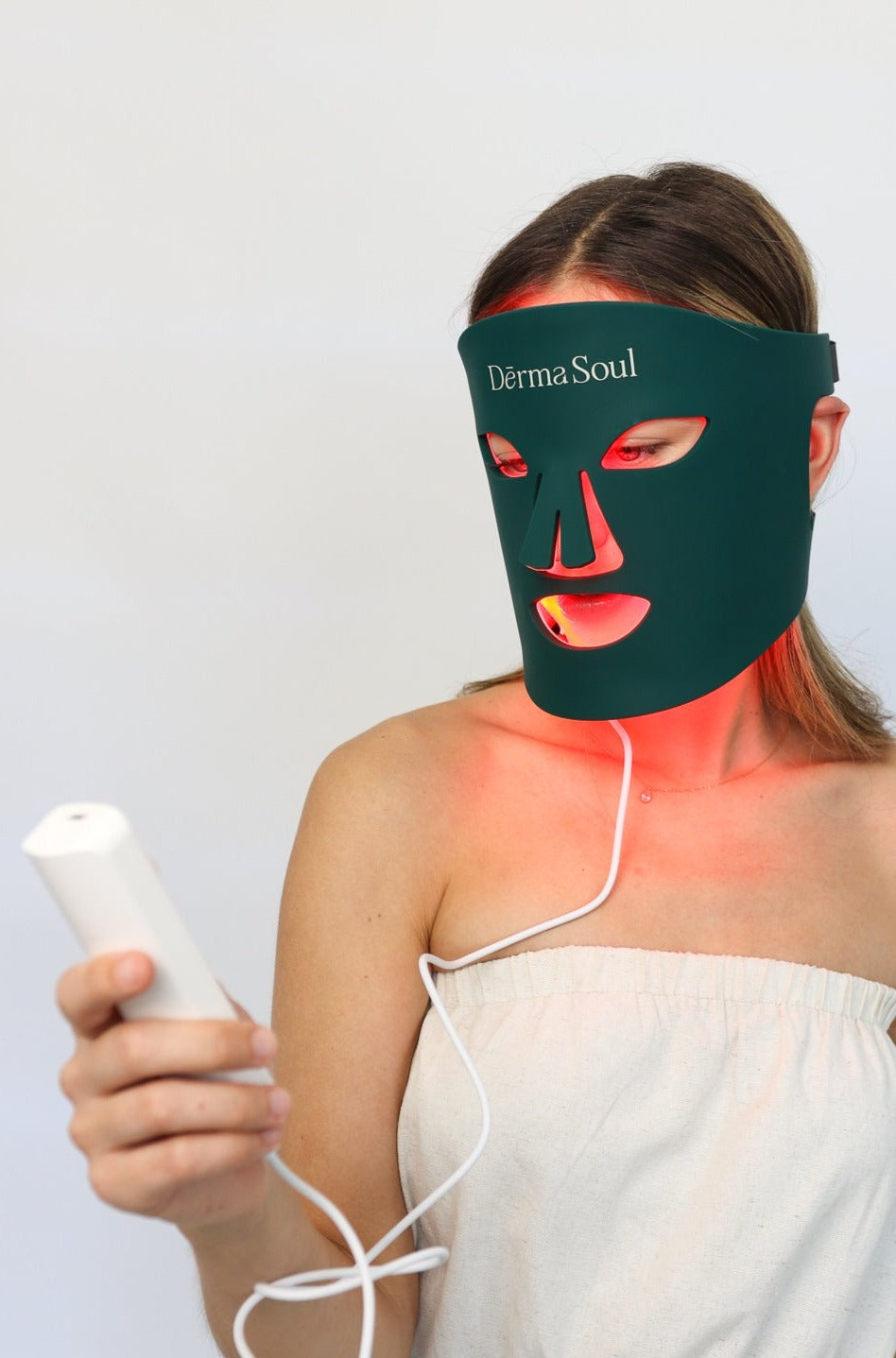In the pursuit of holistic well-being, science is unveiling the profound effects of light on mental health. Beyond its aesthetic appeal, light, particularly in the red, yellow, and infrared spectrum, has emerged as a natural mood enhancer, triggering essential chemicals within the brain. Let's delve into the enlightening connection between these wavelengths and mental well-being.
The Power of Red Light:
Wavelength: Approximately 620-700nm
Red light has shown promising benefits in mental health by influencing various physiological processes:
Stimulating Energy Production: Red light has the ability to penetrate the skin and stimulate the production of adenosine triphosphate (ATP) in cells. This boost in cellular energy is thought to positively impact mood and alertness.
Enhancing Circulation: Improved blood flow is a key factor in promoting overall brain health. Red light therapy has been linked to increased circulation, which can contribute to better oxygenation and nutrient delivery to the brain.
Regulating Sleep Patterns: Exposure to red light in the evening may help regulate circadian rhythms, promoting better sleep quality. Balanced sleep is integral to maintaining mental clarity and emotional well-being.
The Radiance of Yellow Light:
Wavelength: Approximately 570-590nm
Yellow light, often associated with warmth and positivity, has unique effects on mental health:
Elevating Mood: Yellow light is linked to increased serotonin production in the brain—a neurotransmitter known for its role in mood regulation. Higher serotonin levels are associated with feelings of happiness and contentment.
Reducing Anxiety: Exposure to yellow light has been shown to reduce stress and anxiety levels. Its calming effect may help alleviate tension and promote relaxation.
Boosting Focus and Concentration: Yellow light is believed to enhance focus and mental clarity. It creates an environment that supports productivity and cognitive performance.
The Therapeutic Glow of Infrared Light:
Wavelength: Beyond 700nm
Infrared light, though invisible to the human eye, has therapeutic implications for mental health:
Calming the Nervous System: Infrared light is known for its ability to penetrate deeply into tissues, promoting relaxation and reducing sympathetic nervous system activity. This can help alleviate stress and tension.
Encouraging Cellular Repair: Infrared light therapy may support the brain's natural repair processes by promoting mitochondrial function and cellular regeneration. This can contribute to overall brain health.
Mitigating Depression Symptoms: Some studies suggest that infrared light therapy may have antidepressant effects by influencing neurotransmitter levels and neuroinflammation.
Incorporating Light into Your Routine:
Natural Sunlight Exposure: Spend time outdoors, especially during the morning, to soak in the benefits of natural light! Taking a few deep breaths in the fresh air each day is proven to regulate stress levels and reduce anxiety… just don’t forget your SPF!
Light Therapy Devices: Consider using light therapy devices that offer red, yellow, and infrared wavelengths. These devices are designed to provide controlled exposure and can be incorporated into your daily routine.
Mindful Light Design: Be intentional about the lighting in your living and workspaces. Opt for warm and natural tones to create an environment that supports mental well-being.
As we unlock the potential of light therapy for mental health, the radiant influence of red, yellow, and infrared light is becoming increasingly evident. By embracing the positive effects of these wavelengths, we illuminate not only our surroundings but also the path to enhanced mental well-being. Illuminate your life with the therapeutic glow of light and embark on a journey towards a brighter, more balanced mind.











